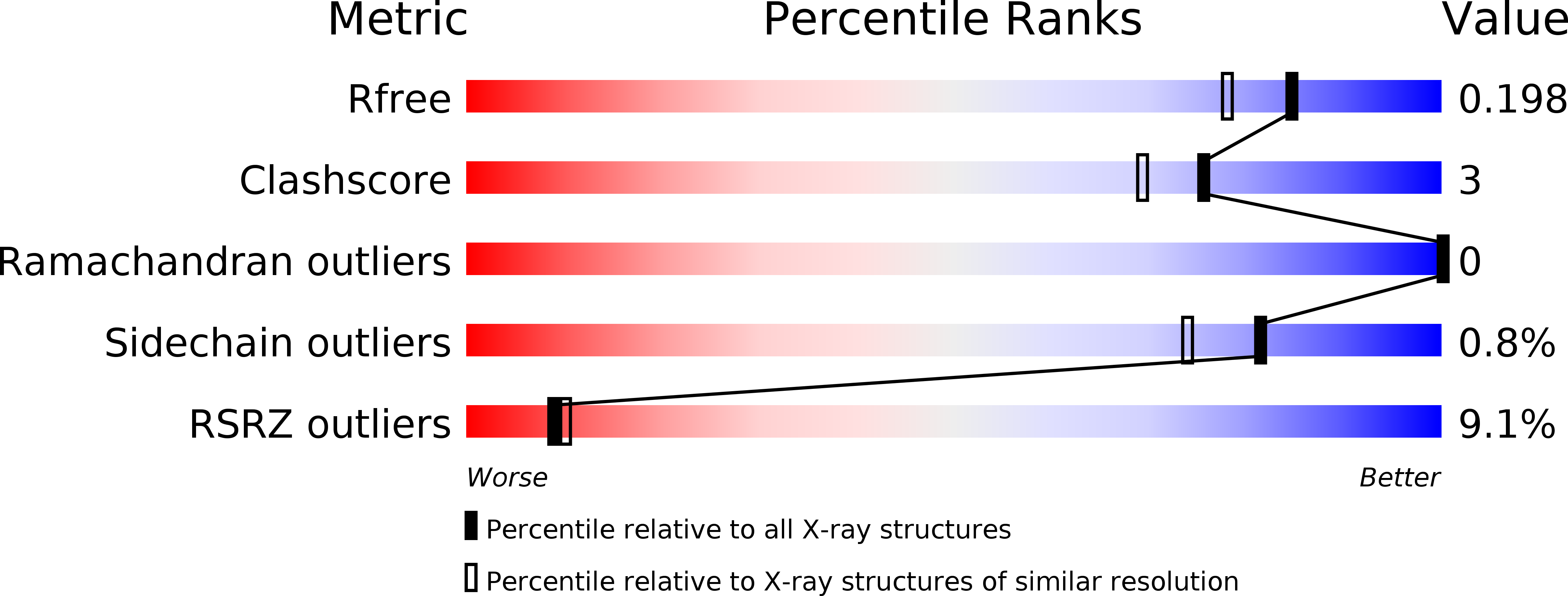
Deposition Date
2015-02-16
Release Date
2015-03-18
Last Version Date
2024-02-28
Entry Detail
PDB ID:
4Y93
Keywords:
Title:
Crystal structure of the PH-TH-kinase construct of Bruton's tyrosine kinase (Btk)
Biological Source:
Source Organism:
Bos taurus (Taxon ID: 9913)
Host Organism:
Method Details:
Experimental Method:
Resolution:
1.70 Å
R-Value Free:
0.19
R-Value Work:
0.15
R-Value Observed:
0.15
Space Group:
P 2 21 21


